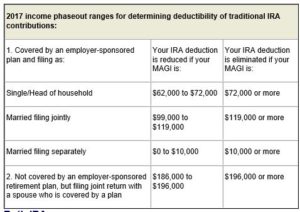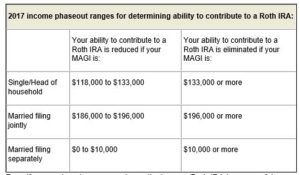To gain a better understanding of how we’re affected by risk when building a retirement portfolio, it’s important to learn about risk tolerance and what it means for you as an investor.
What Is Risk Tolerance?
Risk tolerance essentially refers to an investor’s ability — both emotionally and financially — to deal with major upswings and downswings in the market. If a person is said to have high risk tolerance, he or she likely tends not to worry so much about the potential risk of certain stocks or having a large amount of stocks in a portfolio. Those with low risk tolerance are on the other end of spectrum, often too cautious to deal with volatile stocks or the market in general.
Risk Tolerance and Age
While plenty of factors must be taken into consideration when considering your own risk tolerance, age is an important anchor to help risk-takers avoid getting in over their heads. This is especially true of those who are working toward building an effective retirement plan. When people are young, it makes more sense to take risks with investments than when they reach retirement age. What’s important to recognize is that risk tolerance must shift with age to avoid making costly mistakes at a time when it may be potentially too late to recover.
Adjusting Risk Tolerance
Adjusting risk tolerance means taking a realistic approach to your investments. Many successful investors find moving away from stocks to bonds is an effective later-in-life strategy.
Once you have a general percentage figured out, take a moment to determine how many stocks will actually make up that portion of your portfolio. This can vary significantly in terms of personal preference, but often 10 stocks are mentioned as a reasonable number to hold in your portfolio. Keeping your investments to 10 or less allows you to pay closer attention to what’s actually happening with your investments.
The Importance of Working with a Financial Planner
The best way to get a better sense of what is a realistic risk tolerance for you to have at this point in life is to work closely with your financial planner.
Please call 973-515-5184 or contact me
if you’d like to discuss this in more detail.
Developing a Plan Is Not Enough
You have your investment plan in place, and you’re feeling good about it. But your job doesn’t stop there. You need to establish
regular reviews to ensure that plan is meeting your goals. Here are some steps to follow:
Review Your Asset Allocation — Begin by making sure the asset allocation you have selected still aligns with your goals, risk tolerance, and time horizon. If your allocation
in any one asset class has shifted more than 10% from your strategy, you may want to get it back into balance.
Review Your Holdings — Revisit your positions by using a variety of resources, such as analyst opinions, credit ratings, stock valuation measurements, and benchmarks. Consider whether your stock
and fund holdings still make sense for your investment strategy and still meet your expectations.
Assess Performance — If your portfolio’s performance has fallen short of expectations or your stomach can’t handle the volatility of your investment mix, it may be time to revisit your asset allocation strategy. You also want to see how your
individual investments have performed.
Financial Thoughts
Of those who filed as of late May 2019, the average federal tax refund that taxpayers received from 2018 taxes was $2,879 compared to $2,908 as of late May 2018 for 2017 taxes. However, two-thirds of households received tax cuts under the Tax Cuts and Jobs Act, while 6% paid more taxes (Source: The Wall Street Journal, 2019).
Approximately 10% of tax filers itemized deductions in tax year 2018 compared to 30% in tax year 2017 (Source: Tax Foundation, 2019).
The average inheritance is gone within five years, unless invested in financial assets or housing equity (Source: Lund University, 2019).
The average net wealth retired adults leave behind when they die by age bracket is $296,000 in their 60s, $313,000 in their 70s, $315,000 in their 80s,
and $283,000 in their 90s (Source: United Income, 2019).
Approximately 63% of affluent Americans said they were very or somewhat likely to change their personal financial plans based on the new federal
tax law (Source: AICPA, 2019).






